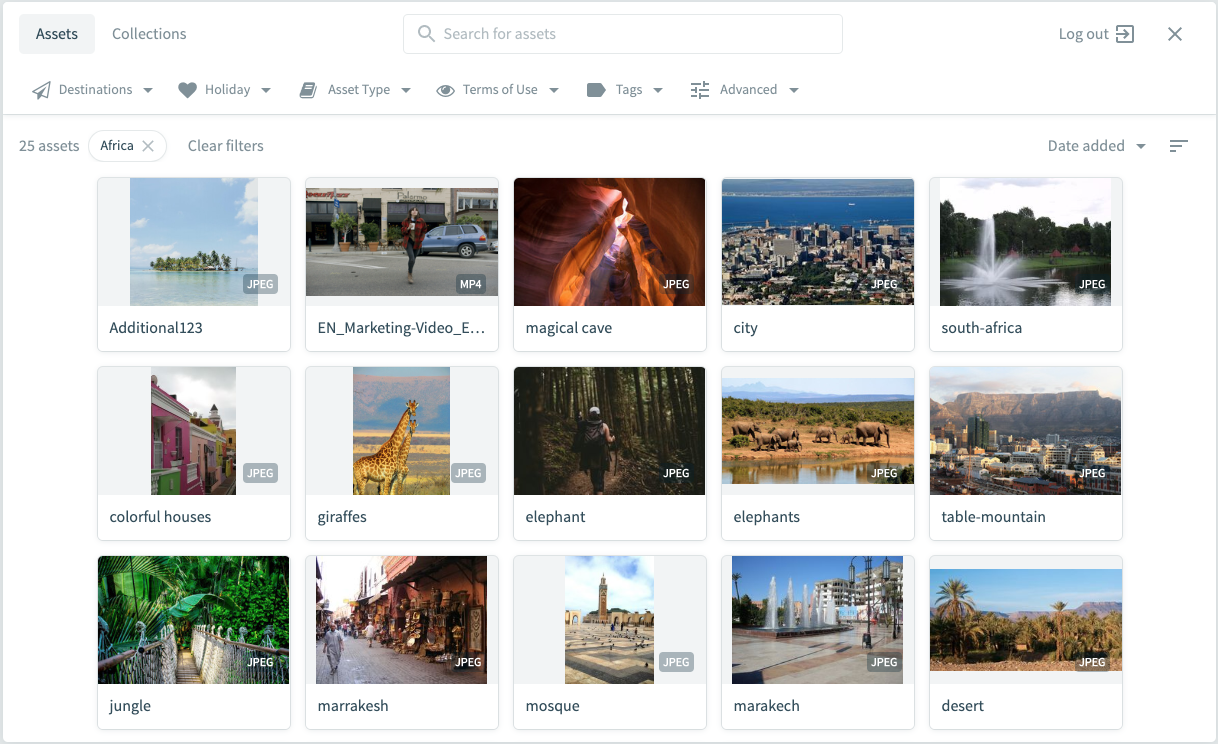
Bynder DAM with AI Metadata: Complete Buyer's Guide
Enterprise digital asset management with AI-powered visual search
Bynder DAM with AI Metadata is an enterprise digital asset management platform that combines traditional DAM capabilities with embedded AI-powered visual search and automated tagging functionality. The platform serves major enterprises including Siemens Healthineers, Lucid Motors, and Vodafone, with reported triple-digit ARR growth in AI features[135].
Market Position & Maturity
Market Standing
Bynder operates in a competitive landscape dominated by Adobe and Cloudinary, positioning itself between enterprise DAM platforms and specialized AI-first solutions.
Company Maturity
Bynder is an established enterprise DAM vendor with documented growth in AI capabilities, serving major enterprise customers including Siemens Healthineers, Lucid Motors, and Vodafone[143][144][145].
Growth Trajectory
The company reports triple-digit ARR growth in AI features[135].
Longevity Assessment
Bynder indicates stable enterprise vendor status based on major customer deployments and continued AI capability development.
Proof of Capabilities
Customer Evidence
Siemens Healthineers, Lucid Motors, Vodafone
Quantified Outcomes
Siemens Healthineers achieved €3.5M+ savings through improved asset reuse and reduced stock image purchases from 3,500 to near-zero[144][145]. BDA Inc. saved 106 hours by reducing photo tagging time from 110 to 4 hours when processing 22,000 photos[135]. Lucid Motors reported a 70% reduction in asset requests following AI Search implementation[143].
Case Study Analysis
Siemens Healthineers' implementation represents Bynder's most substantial enterprise success case, onboarding 30,000 users with 40,000+ assets[144][145].
Market Validation
Bynder demonstrates market validation through enterprise customer retention and expansion, with reported triple-digit ARR growth in AI features[135].
Reference Customers
Siemens Healthineers, Lucid Motors, Vodafone
AI Technology
Bynder's AI technology centers on visual search capabilities that analyze image content directly rather than relying solely on metadata tags.
Architecture
Enterprise-grade infrastructure with 4-8 week implementation timelines compared to 12+ weeks for traditional DAM systems[138][139].
Primary Competitors
Adobe, Cloudinary
Competitive Advantages
Bynder's conditional metadata workflows and enterprise governance requirements lead competitors in automated workflow triggers based on asset metadata[135].
Market Positioning
Bynder is positioned in the enterprise governance with AI enhancement segment, serving organizations needing sophisticated approval processes and brand compliance management.
Win/Loss Scenarios
Bynder wins when organizations require enterprise-scale governance, face recognition accuracy, and conditional metadata automation. Alternatives are preferable when Creative Cloud integration depth or API-first architecture takes priority.
Key Features

Pros & Cons
Use Cases
Integrations
Featured In Articles
Comprehensive analysis of AI Image Metadata Tools for AI Design for AI Design professionals. Expert evaluation of features, pricing, and implementation.
How We Researched This Guide
About This Guide: This comprehensive analysis is based on extensive competitive intelligence and real-world implementation data from leading AI vendors. StayModern updates this guide quarterly to reflect market developments and vendor performance changes.
145+ verified sources per analysis including official documentation, customer reviews, analyst reports, and industry publications.
- • Vendor documentation & whitepapers
- • Customer testimonials & case studies
- • Third-party analyst assessments
- • Industry benchmarking reports
Standardized assessment framework across 8 key dimensions for objective comparison.
- • Technology capabilities & architecture
- • Market position & customer evidence
- • Implementation experience & support
- • Pricing value & competitive position
Research is refreshed every 90 days to capture market changes and new vendor capabilities.
- • New product releases & features
- • Market positioning changes
- • Customer feedback integration
- • Competitive landscape shifts
Every claim is source-linked with direct citations to original materials for verification.
- • Clickable citation links
- • Original source attribution
- • Date stamps for currency
- • Quality score validation
Analysis follows systematic research protocols with consistent evaluation frameworks.
- • Standardized assessment criteria
- • Multi-source verification process
- • Consistent evaluation methodology
- • Quality assurance protocols
Buyer-focused analysis with transparent methodology and factual accuracy commitment.
- • Objective comparative analysis
- • Transparent research methodology
- • Factual accuracy commitment
- • Continuous quality improvement
Quality Commitment: If you find any inaccuracies in our analysis on this page, please contact us at research@staymodern.ai. We're committed to maintaining the highest standards of research integrity and will investigate and correct any issues promptly.